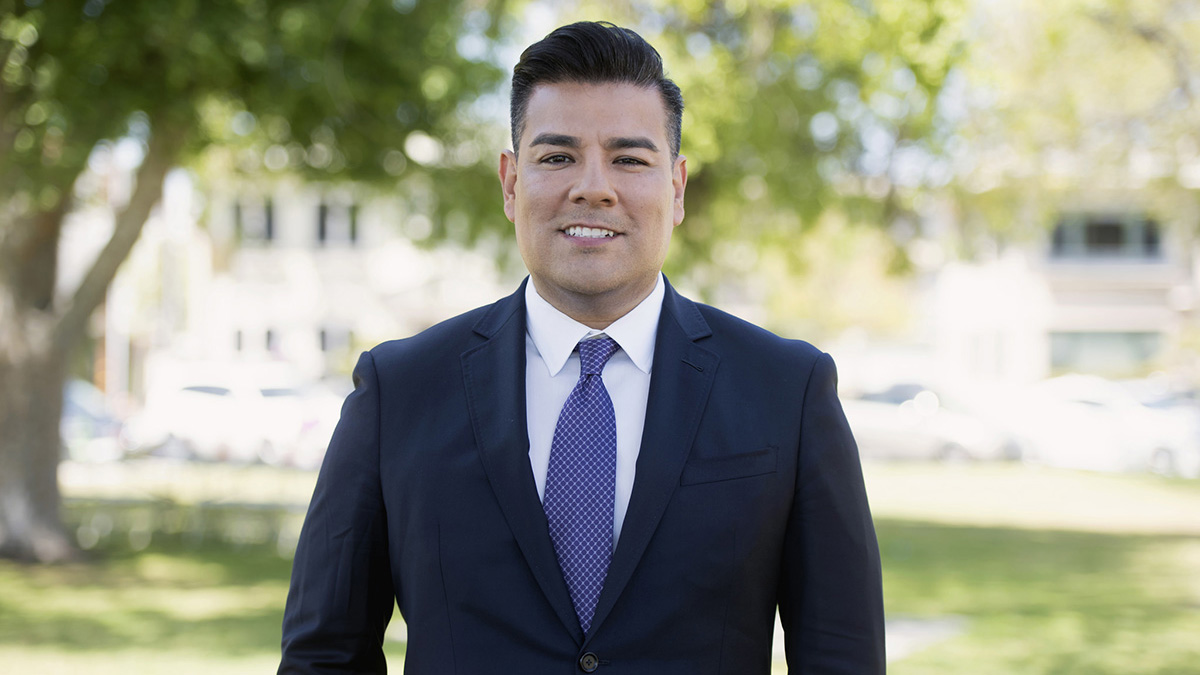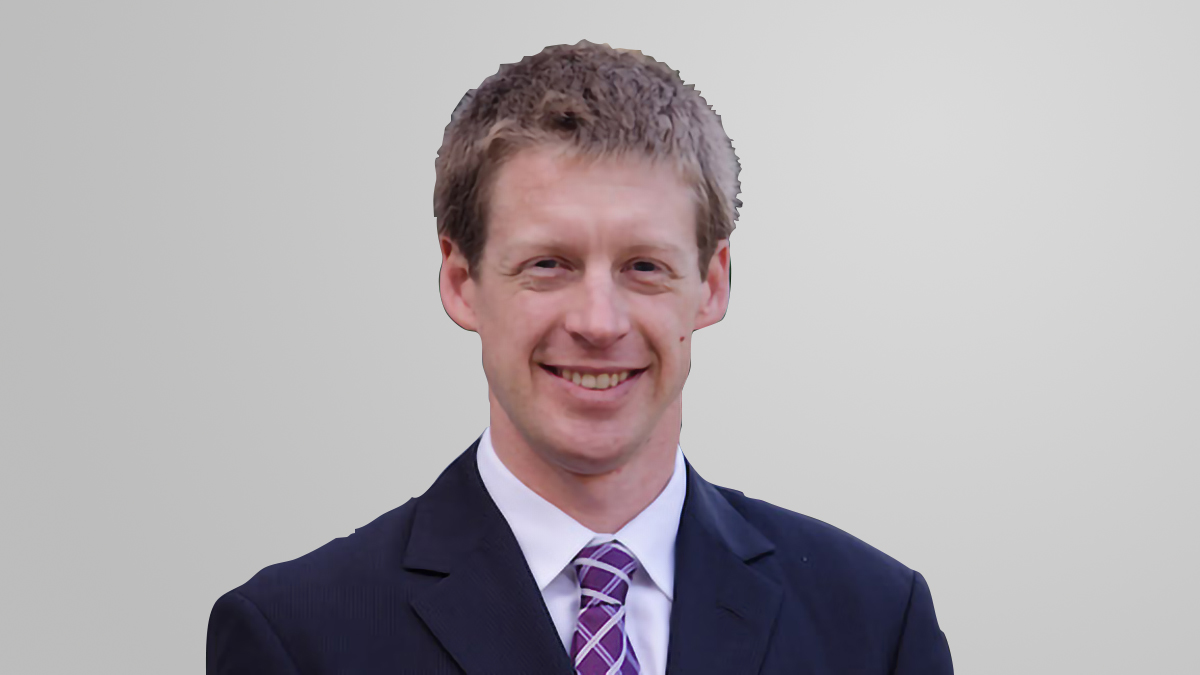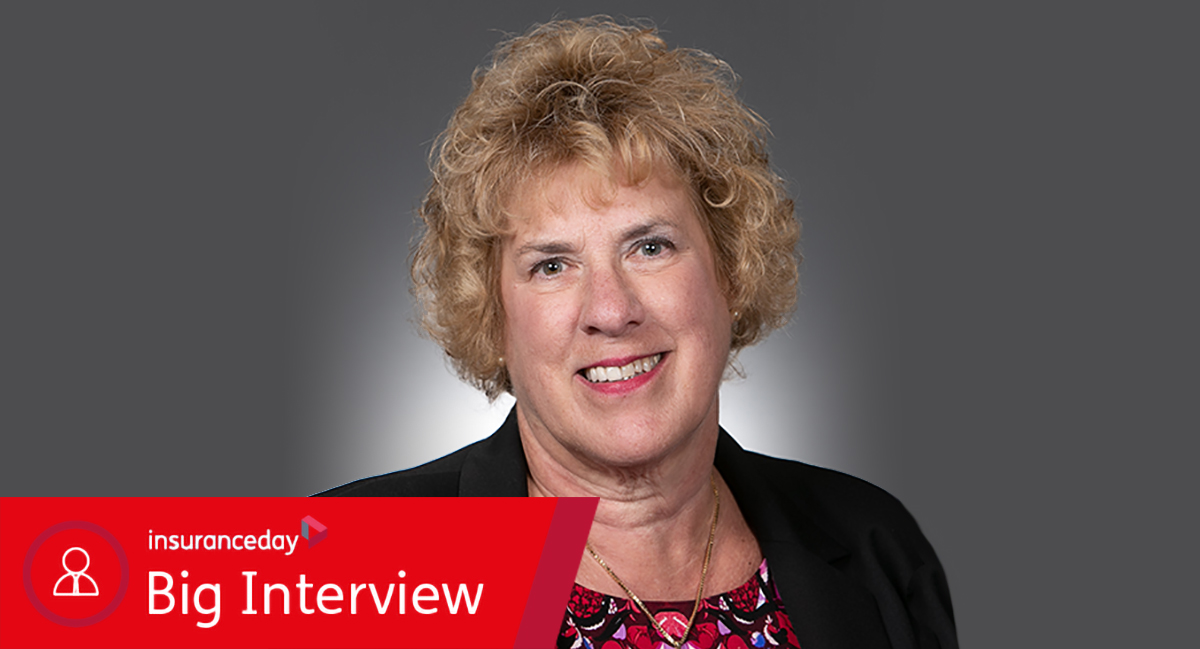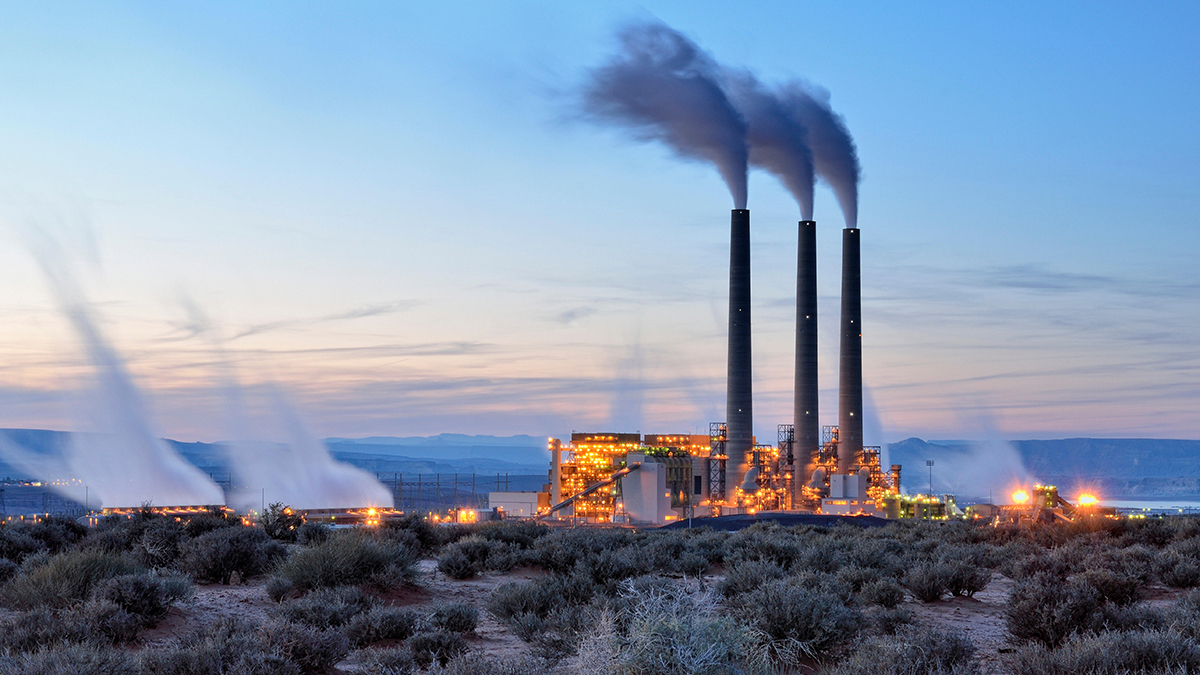Re/insurers need to rethink climate risk and reward
California is working on 'climate insurance' that could serve as a model for other US states
Alaska and California are very different states, but their insurance commissioners have the same message on how to approach natural catastrophes linked to climate change
US state insurance commissioners Lori Wing-Heier and Ricardo Lara argue re/insurers should think less about increasing rates and more about helping policyholders assess and manage risk.
As co-chairs of the climate risk and resiliency taskforce at the National Association of Insurance Commissioners (NAIC), they are fostering collaboration between states to change the traditional mindset of passing the cost of losses on to consumers. Instead, they want efforts to be directed towards mitigating the impacts of climate change.
“Mother Nature is forcing us to collaborate, to be creative and to come up with real solutions,” says Lara, California's insurance commissioner, whose team is working on “climate insurance” that could serve as a model for other US states.
Lara is the architect of the nation’s first wildfire safety regulation, introduced last year, which directs insurance companies to provide discounts to consumers under a new Safer from Wildfires framework with transparency regarding risk rating. In short, it rewards consumers who “harden” their homes or reduce the potential loss of property from wildfire.
Climate insurance
His focus now is on developing a finance mechanism for community-wide climate insurance covering a range of perils, such as coastal flooding. This is not simply another type of insurance policy for consumers to buy, he stresses. Instead, it could take the form of a pool of insurers, supported by state and federal funding, to help manage climate-related catastrophes.
While the community-based product would not eliminate the need for property owners to purchase a personal lines policy, it would provide supplementary coverage to reduce the burden on consumers and improve market conditions by spreading the risk.
“The city, the township, the county will enter a policy to protect an entire community by having emergency powers granted by the legislature. It means mitigation works, rescue efforts and relocations won’t need to wait for the Federal Emergency Management Agency. And it means insurers can underwrite a community,” Lara says.
“As insurance regulators, we keep in our wheelhouse but at the same time are clear about the issues we want to tackle because we know devastating climatic events don’t respect state borders”
Ricardo Lara
California Department of Insurance
Wing-Heier, Alaska's insurance commissioner, says such an innovation in California requires conversations across state and party lines.
“Insurance companies can’t continue to raise premiums because consumers won’t be able to afford to pay them and so we’re going to have to bring in the federal government to support climate insurance products for communities and states,” she says.
“With the right sponsors at the federal level, bipartisanship can work wonders and Congress can go pretty fast when it wants to.”
California’s deputy commissioner on climate and sustainability, Mike Peterson, says he is taking inspiration from projects in other states. These include the insurance of coral reefs in Hawaii and of fighting wildfires in Oregon.
“Most of the book on climate insurance hasn’t been written yet and it will depend on single insurers and reinsurers being comfortable underwriting a whole community or on a pool of insurers to diversify potential losses,” he says.
“Those who are really thoughtful about climate risk mitigation, such as for wetlands from flooding or forests from wildfire, will become more engaged on solutions,” he adds.
Risk mitigation
Wing-Heier stresses the fear of insolvency that has haunted the industry for 30 years could have been reduced had it made mitigation efforts against extreme weather events a priority after Hurricane Andrew in 1992.
“If it had focused on ways to reduce loss through smarter building strategies then we may not have seen as many insurance companies becoming insolvent and consumers collecting pennies on the dollar through guaranty associations.”
There is collaboration between states already in terms of sharing resources based on differences in topography, Wing-Heier says, such as the idea, proposed by a former governor a few years ago, of towing fresh water from Alaska to quench drought in California. But climate change means differences in weather events are becoming blurred, which is bringing insurance regulators closer.
“Most of the book on climate insurance hasn’t been written yet and it will depend on single insurers and reinsurers being comfortable underwriting a whole community or on a pool of insurers to diversify potential losses”
Mike Peterson
California Department of Insurance
Peterson agrees, pointing out how California has had its largest amount of snowfall in a decade and will look to Alaska for advice on the impact of snowmelt on river levels.
Wing-Heier continues: “We just watched the Midwest get hammered by huge tornadoes at a time of year when that does not normally happen and on a path they don’t normally take, up through Michigan and Wisconsin. There’s not a state that can look us in the eye anymore and say it doesn’t have any impact from climate change. Not one.”
She highlights there is a precedent to reduce information asymmetry in health and life insurance where pre-screenings are required to secure coverage. Property/casualty (P&C) insurers can learn from the health and life sector by assessing property risk using technology such as catastrophe models and sharing that information with consumers. With a better view of the risk, insurers can help customers identify ways to reduce exposure.
“The insurance industry funds research conducted by the Insurance Institute for Business and Home Safety to identify risk reduction measures proven to reduce loss potential. It’s time that information be used to inform consumers, planners, emergency management agencies, builders and developers to reduce the potential risk exposure from regional perils,” Wing-Heier says. “If we adopted the same philosophy for P&C, risks could be reduced. That means, for example, having the right building codes to mitigate against the impacts of climate change,” she adds.
Collaborative approach
Lara underscores how the NAIC’s approach to collaboration is to avoid mandates. An example of its success is reporting to the Taskforce on Climate-related Financial Disclosures, with which more than 20 US states representing 85% of the nation’s insurance market have complied.
Lara says: “Did we force that on every state? Absolutely not. Were we able to bring in bipartisan states? We absolutely were. That’s because, as insurance regulators, we keep in our wheelhouse but at the same time are clear about the issues we want to tackle because we know devastating climatic events don’t respect state borders. It doesn’t matter if you’re an elected commissioner or an appointed one, nobody wants a collapsed insurance market in their state.”
The NAIC’s climate risk and resiliency taskforce has produced deliverables, Wing-Heier says, on state-based pre-disaster mitigation programmes and a catastrophe modelling centre of excellence, which provides relevant information to communicate with insurance regulators and supervisors at the Sustainable Insurance Forum (SIF).
The SIF is a global leadership group of insurance supervisors and regulators working to strengthen understanding and responses to sustainability issues. Wing-Heier is the NAIC’s representative to the SIF and Lara is a member representing California.
“Insurance companies can’t continue to raise premiums because consumers won’t be able to afford to pay them and so we’re going to have to bring in the federal government to support climate insurance products for communities and states”
Lori Wing-Heier
Alaska Division of Insurance
“I have lived in Alaska for close to 40 years and I have witnessed the changes throughout this state,” Wing-Heier says. “The Arctic passageway is becoming a viable alternative for shipping from Asia to Europe and possibly even for commercial traffic, as the sea ice is farther and farther out. In some villages the permafrost is melting and structures will topple if there is not a solution found to prop them up.”
Regulators need to work hard to clear up any “underlying confusion” among consumers as insurers adapt to climate risk, Lara says.
Similarities transcend borders
“The thing that binds us together as commissioners is, regardless of the size of a state’s market, climate change reveals the similarities that transcend borders. Whether we’re in Alaska, California, Kentucky or Montana, our communities need to understand their insurance policy – what it covers and what it does not.”
Lara grew up in the Hispanic community of east Los Angeles, where language is a potential barrier to understanding insurance cover. That is why, Wing-Heier adds, the NAIC has a special committee on race and the availability of insurance.
She says: “Is everyone being told the same thing, seeing the same commercials, receiving the same flyers in the mail? Insurance policy wording is hard enough to translate into Spanish but try doing that in Iñupiaq, which doesn’t even have a word for ‘insurance’. And that’s before we get to talking about climate risk.”







